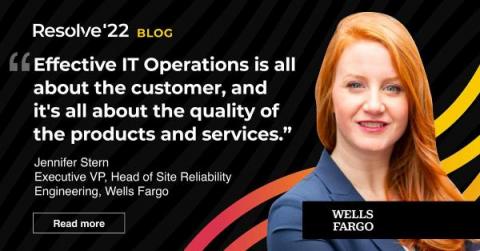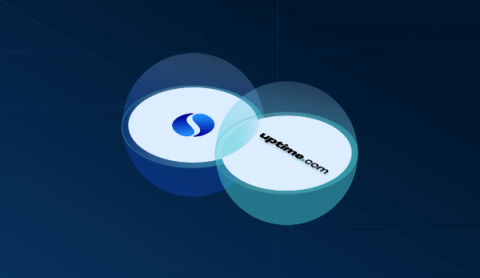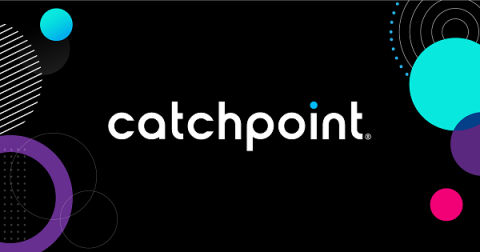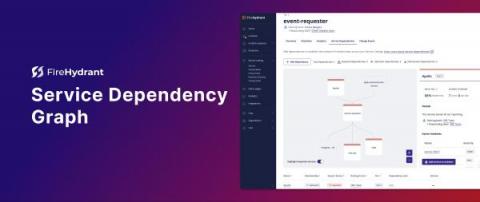Operations | Monitoring | ITSM | DevOps | Cloud
Latest News
PagerDuty Service Standards helps organizations better configure services at scale
Service ownership, a DevOps best practice, is a method that many companies are pivoting towards. The benefits of service ownership are varied and include boons such as bringing development teams much closer to their customers, the business, and the value being delivered. The “build it, own it model” has tangible effects on customer experience, as developers are incentivized to innovate and drive customer-facing features that delight.
RESOLVE '22: AIOps: Not just a buzz phrase anymore
Thinking back to the rapidly expanding tech world of the 2010s, it’s easy to list off a number of buzzwords and phrases that became IT Ops mainstays over time. “Internet of things,” “big data” and even ideas as simple as the cloud were all once considered little more than slick marketing talk.
Mean Time to Recovery (MTTR) explained
It's Friday afternoon, and you have mail. Apparently, a user received a 500 error when attempting to sign in. She contacted Customer Service. They didn't know what to do, so they forwarded the email to your engineering team. A close look at the email thread reveals that Customer Service received it... on Tuesday. And they sat on it until today. Hopefully, it was just this one user. You open your browser, navigate to the web application, and attempt to sign in. You also get a 500 error.
What is on-call, and why is it important?
Your company has a product/service that needs to be up and running 24/7 or serving customers worldwide? Heads up, you might need an on-call team. In this article, we’ll start with the basics of what is on-call and why it is important.
RESOLVE '22: Best in class
Our RESOLVE ‘22 event Best in class, moderated by BigPanda Vice President of Value & Adoption Craig Ferrara, took a slightly different approach than most other panels during the event. Where most focused on a given topic and allowed our expert panelists to weigh in, this one was all about storytelling.
A new channel per incident - helpful or harmful?
I caught the tail-end of a Twitter thread the other day which centred around the use of Slack channels for incidents, and whether creating a new channel for each new incident is helpful or harmful. It turns out this is a much more evocative subject than I thought, and since I have opinions I thought I’d share them!
Uptime + Squadcast Integration: Routing Alerts Made Easy
That Rogers Outage is Going to be More Expensive Than You Think
On July 8 of 2022, the Canadian telecom company Rogers Communications suffered a major outage that impacted most of Canada for almost two days. This wasn’t completely unprecedented (they’d had an outage in 2021 that impacted their wireless servers for several hours) but the breadth and severity of this one is going to end up costing them far, far more than it seems at first glance.
See the big picture with the Service Dependency Graph
Understanding the impact and scope of an incident when degradation occurs is critical for returning your service online. This requires modeling the many downstream and upstream relationships between your services. Our new Service Dependency Graph provides a shortcut – a way to surface dependencies quickly, understand the relationship between services, and determine the scope or impact of an incident.











